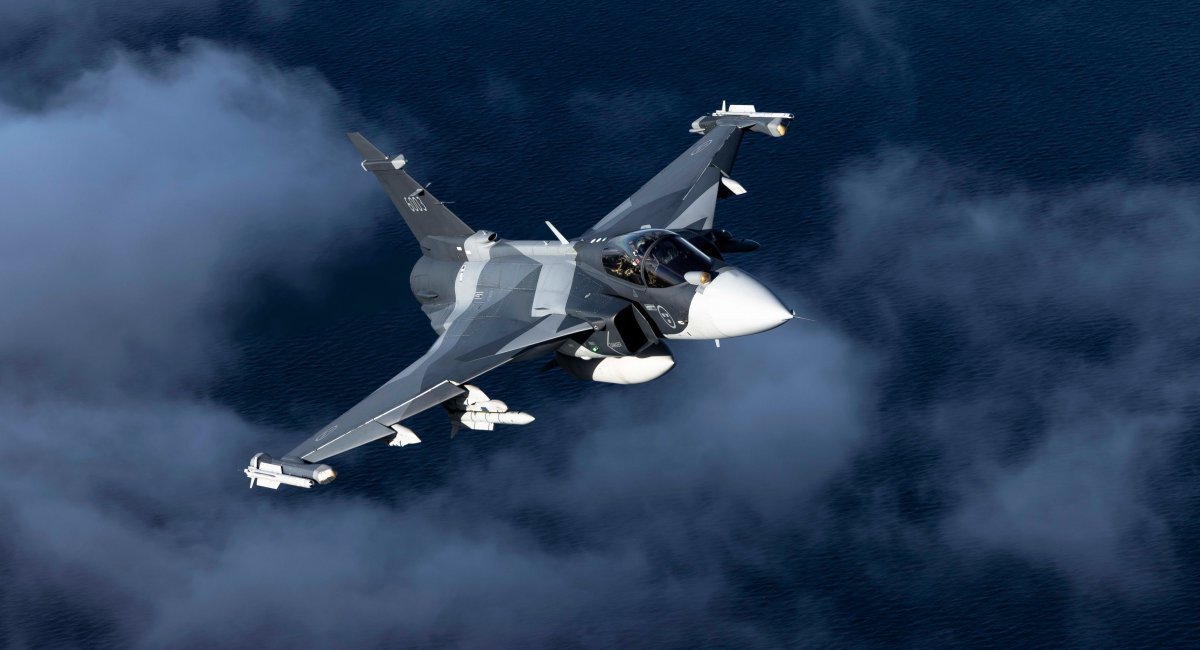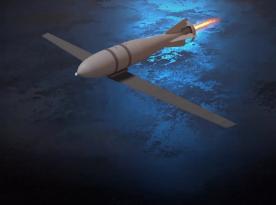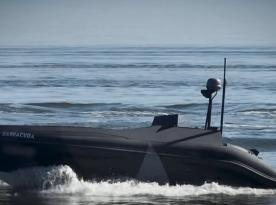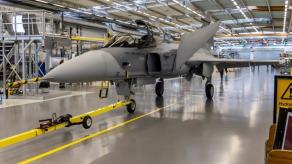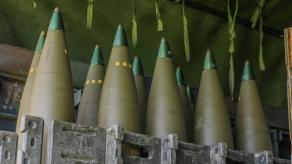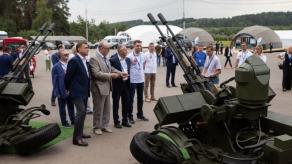Ukraine has finally made a major strategic step toward a comprehensive modernization of its Air Force by choosing entirely new multirole fighters. The decision has fallen on Sweden's Saab Gripen E, with plans to procure between 100 and 150 aircraft (later clarified as "at least 100").
This is indeed an exceptionally large order. For comparison, Sweden itself has only planned to acquire 60 new Gripen E fighters for its Air Force. In fact, Ukraine's potential order is roughly comparable to the combined total of all current and prospective export contracts for this aircraft.
Read more: Sweden's JAS 39 Gripen Enter NATO Nuclear Drills for 1st Time, Testing High-Stakes Deterrence Skills
The first step toward a binding agreement has already been taken — the signing of a declaration of intent, which lays the groundwork for further intergovernmental pre-contract work. Against this backdrop, assessing the potential cost and delivery timeline of such a contract is crucial, especially since it concerns a fighter that has not been sold for more than 11 years.
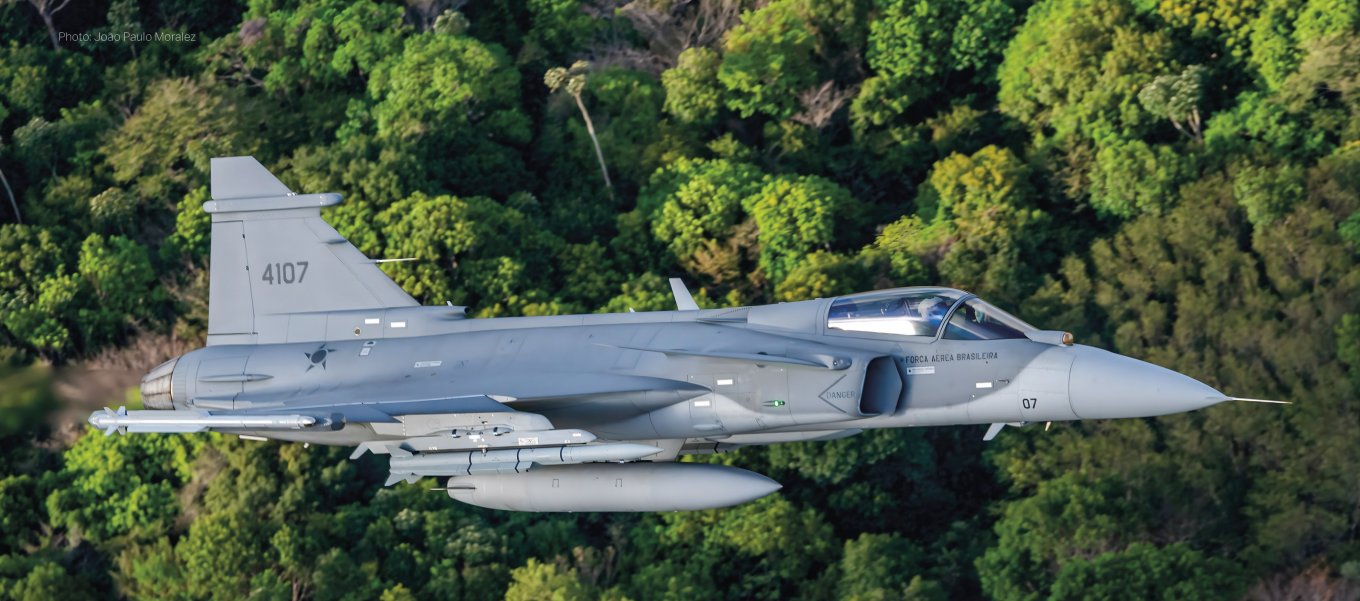
As for pricing, the most recent known deal was Thailand's late-August 2025 contract for four additional Gripens (three single-seat Gripen E and one twin-seat Gripen F). The announced fixed price was about 5.3 billion Swedish kronor — approximately $553 million, or $138.25 million per aircraft.
However, Thailand is already an existing Gripen operator and therefore did not need to purchase additional ground equipment, spare parts, or other infrastructure. For comparison, Peru, which has also expressed interest in the Swedish fighter, estimates the cost at around $145.8 million per aircraft.
It should also be noted that these figures do not include weapons, which must be purchased separately. Moreover, the Gripen includes a significant number of U.S.-made components — including the General Electric F414 engine — whose prices can fluctuate. The final aircraft cost also depends on configuration and optional equipment.
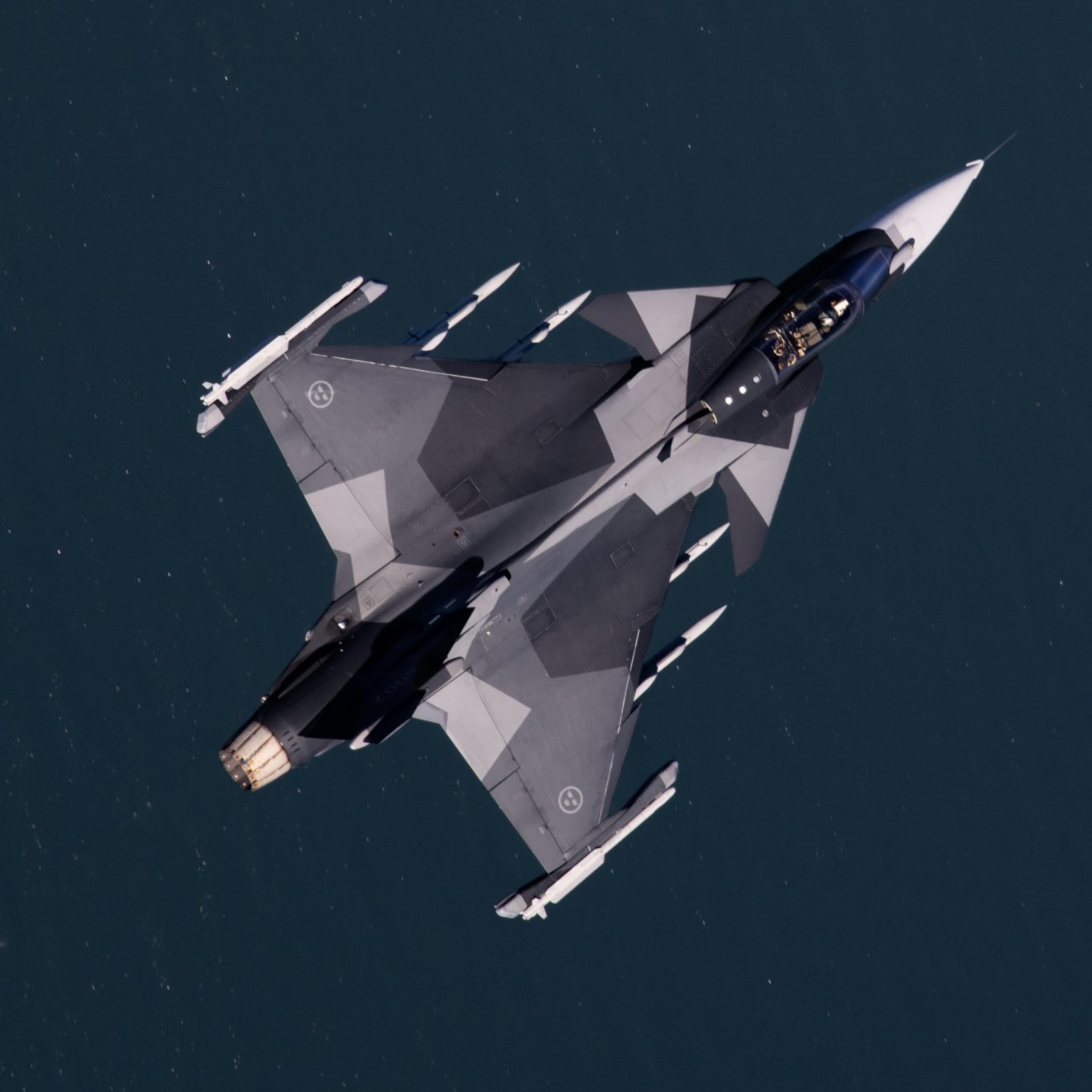
Assuming an average cost of around $146 million per fighter, the total price for 100–150 Gripen E/F aircraft would range from roughly $14.6 billion to $21.9 billion — excluding weapons.
Still, a contract of this magnitude cannot realistically be fulfilled in the short term. Payments and production schedules would likely stretch over many years. Even for Sweden's own Air Force, Saab plans to complete its 60-aircraft order only by 2030.
Currently, Saab's production facilities in Linköping can manufacture about 12 aircraft per year. However, the company aims to significantly increase this rate through localization in other countries.
That is precisely why one crucial condition must be built into any future Gripen contract for Ukraine — the localization of aircraft production on Ukrainian territory. This approach has already been implemented in Brazil at Embraer's facility and was previously proposed to India. Without such localization, producing over 100 fighters would simply be impossible.
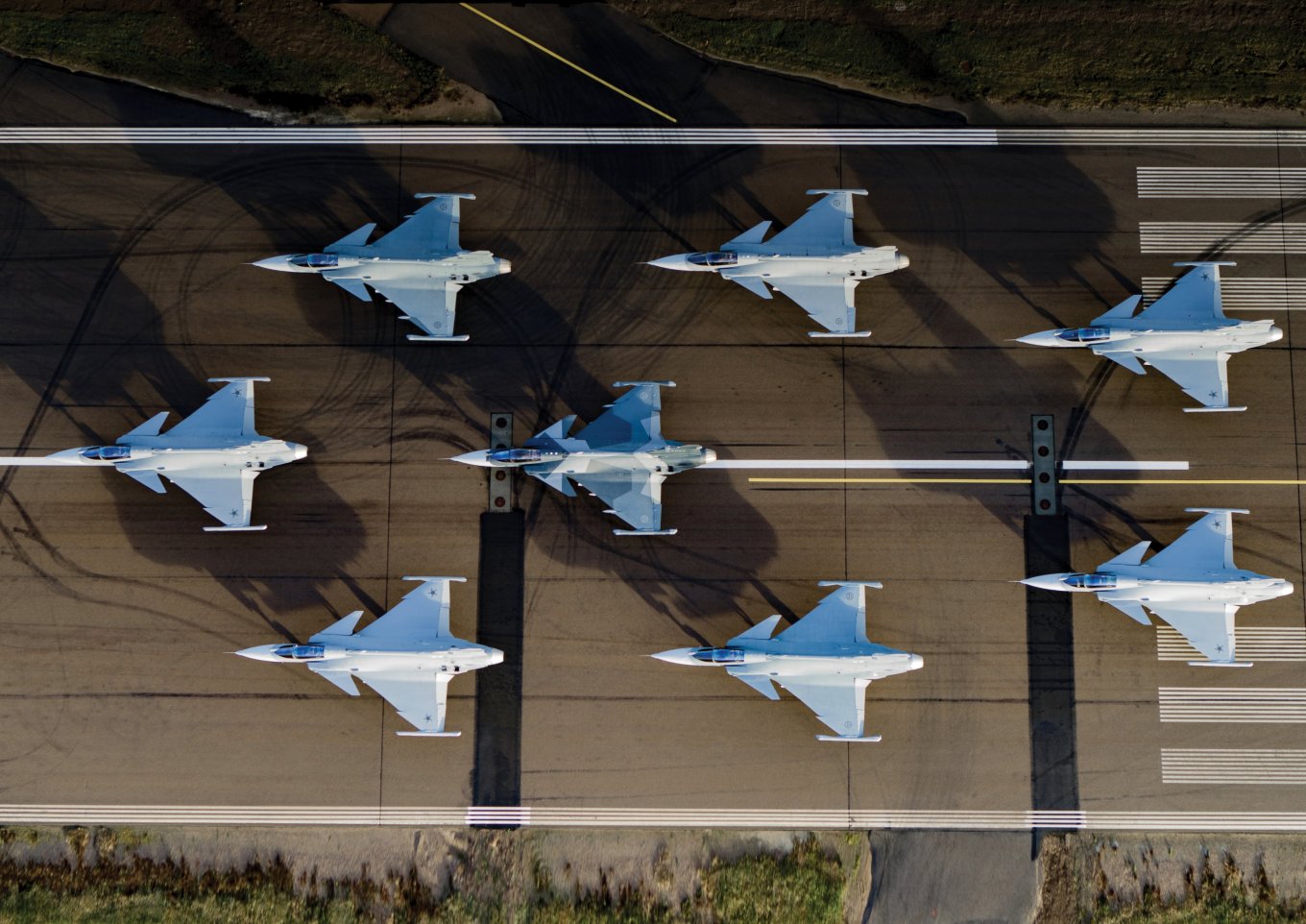
Notably, Saab's earlier proposal to India closely resembles what could become the "Ukrainian model." A few years ago, the company offered 114 aircraft, with 96 to be built in India itself. The plan included not only final assembly but also the establishment of an industrial and R&D center for future independent modernization.
However, the latest news from New Delhi suggests that instead of pursuing the tender involving the Gripen, F-21, and even Su-57, India decided to procure additional Rafale fighters — leaving such an opportunity open for Ukraine.
Read more: Sweden Spends $160M to Make Gripen Fly From Highways, $370M to Hunt UAVs




